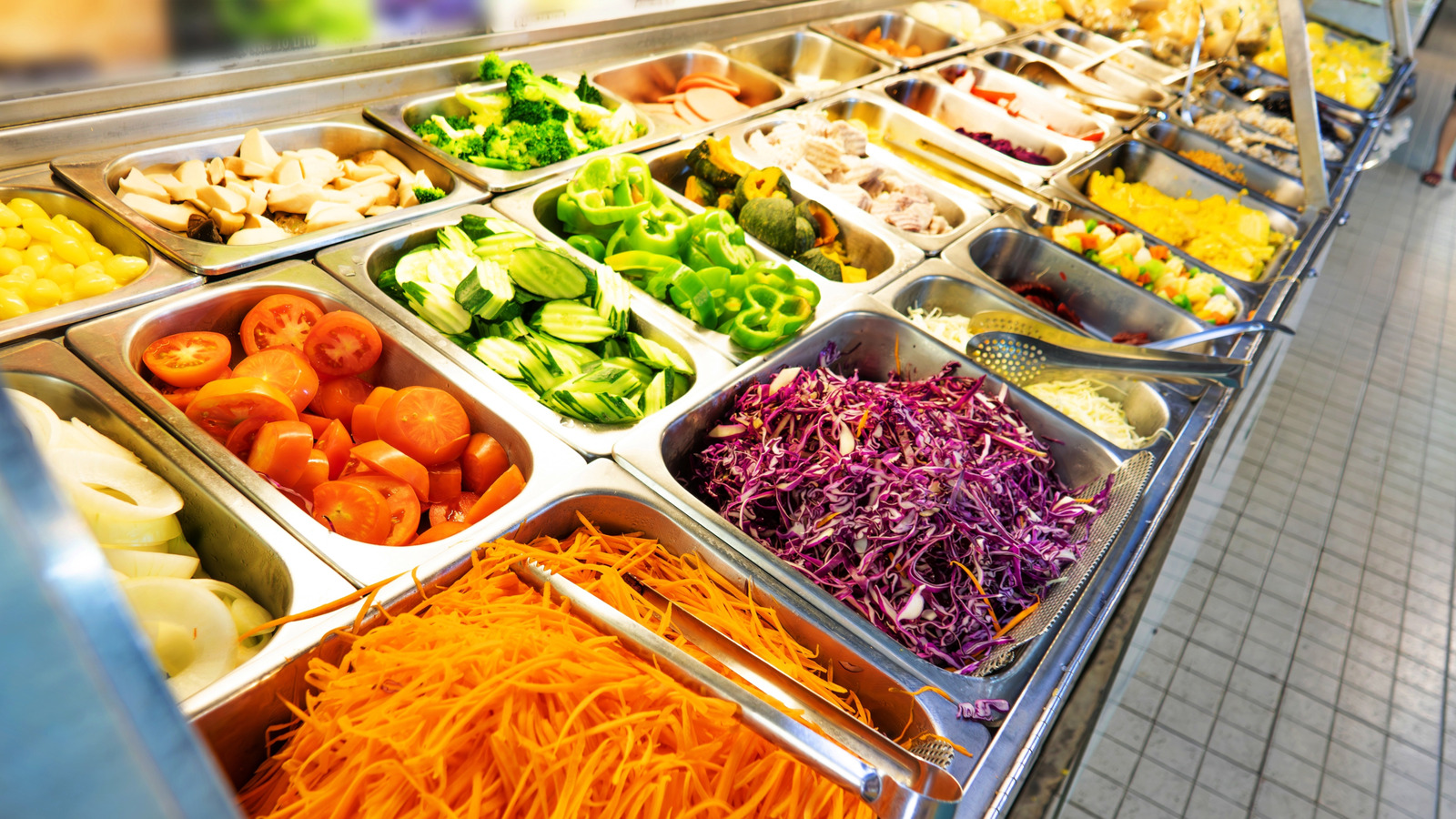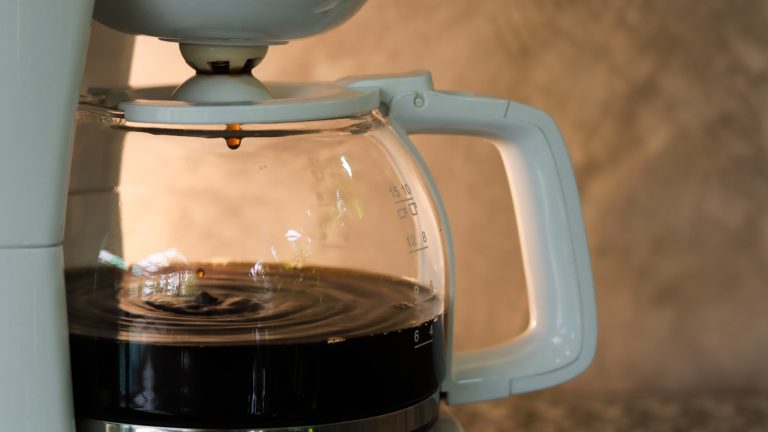Over the last few years, vegetable recalls have been cropping up left, right, and center. Kroger’s had a spate of trouble with frozen veggies, Walmart had issues with sliced cucumbers, and organic baby carrots recently started an uproar across the entire nation thanks to the widespread E. coli outbreaks they caused. So, when you think about the risky items at a salad bar, you wouldn’t be alone if your mind immediately went to the vegetables, but you also wouldn’t be correct. Your leafy greens and slightly dry carrots aren’t the biggest danger here. The riskiest items are actually the protein and dairy items, instead.
This category includes meats like sliced ham or cooked chicken, cheeses, and any egg toppings, and they’re risky for two reasons. First, meats and dairy have a neutral pH level. Second, they’ve got a lot of moisture. These are the two factors that bacteria need to feast and grow, including deadly ones like botulinum bacteria. If your local salad bar’s employees don’t follow appropriate health and safety protocol, these tubs are basically breeding grounds for all kinds of nasty bugs you don’t want to get your hands on.
The biggest red flags to look out for at a salad bar
You need to keep an eye out for three main things when you go to a buffet-style eatery. First is the temperature. Cold food should be stored at 41 degrees Fahrenheit or below. Hot foods need to be kept at 135 degrees Fahrenheit or above. Second: How often are employees checking the food? Even during rushes, the food should ideally be checked every 30 minutes for temperature regulation. Food also shouldn’t stay out at room temperature longer than two hours maximum. Frequent rotation or refreshing is important, especially in a salad bar, and employees should always wear disposable gloves while handling food. Third: How is the bar laid out? Meat, dairy, and veggies should all be sectioned separately, and everything should have its own serving utensils to prevent cross-contamination.
Of course, the staff’s good hygiene and safe practices don’t necessarily mean your salad bar is entirely safe. Another risky component? Your fellow diners. Tragically, people just aren’t conscious of safe food practices, nor are they always courteous. A stranger could end up using the meat tongs for the veggies and contaminating them. If there’s no sneeze guard up (one of the biggest red flags at any buffet), someone could let a big sneeze loose right over all those open containers of food. Taking all of that into consideration, what’s our final verdict? While it’s not impossible to dine well at a salad bar, you’re probably better off just buying a to-go salad from a restaurant that doesn’t do things buffet-style instead.






